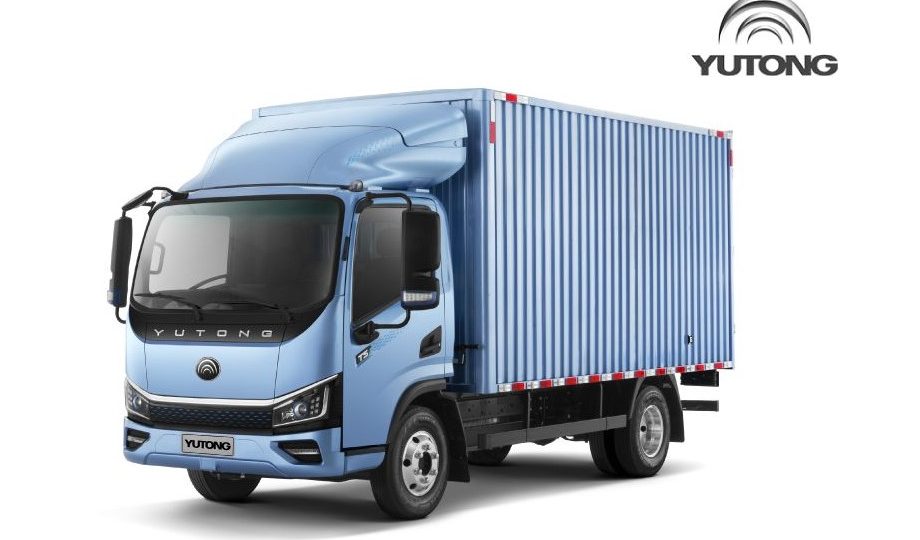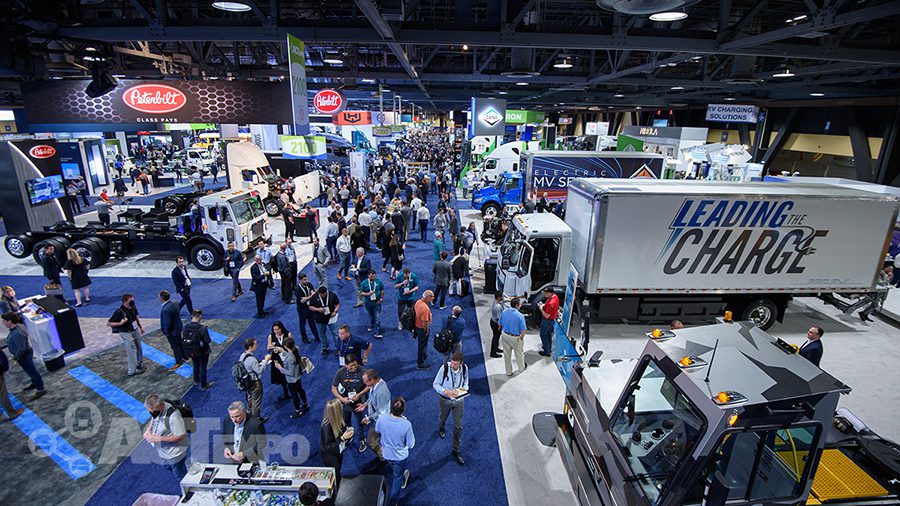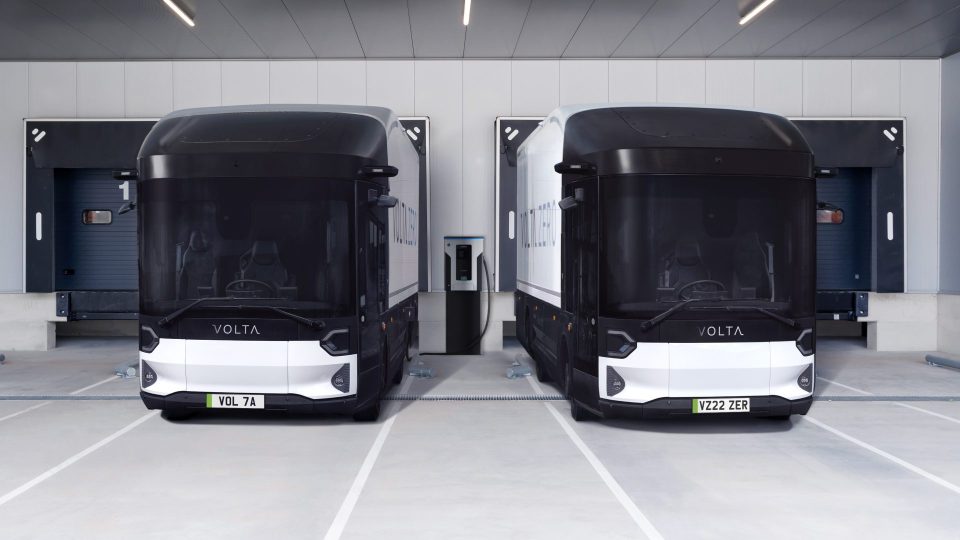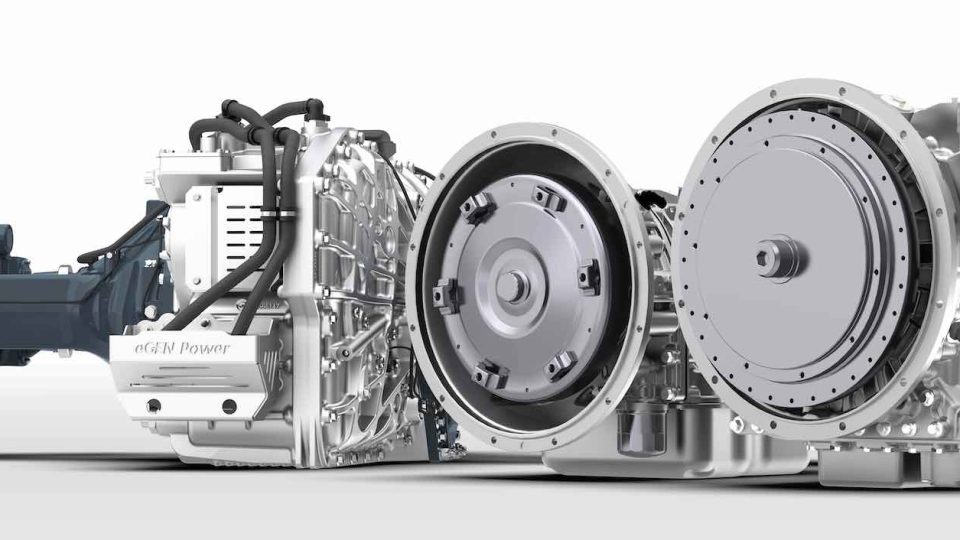Scania: world premiere for the range of hybrid trucks
The truly new electric machine GE281 works in tandem with a Scania 7- or 9-litre combustion engine, providing unique opportunities for creating fossil-free transport solutions for heavy trucks with demanding bodywork.
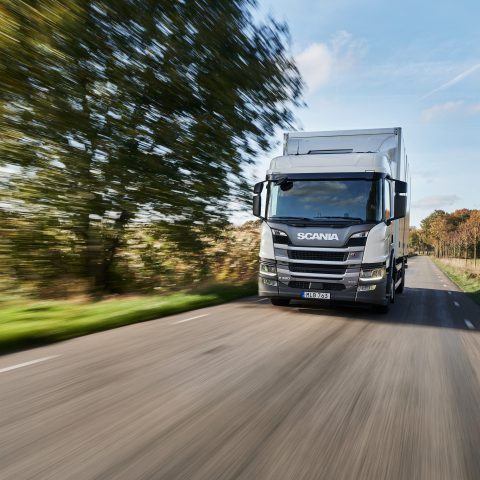
Scania, a pioneer in offering hybrid trucks since 2014, is introducing hybrid electric vehicle (HEV) and plug-in hybrid electric vehicle (PHEV) trucks that can be fitted with different powertrain and charging options, thus offering solutions that can fulfil various demands for applications such as refrigerated transports, concrete mixers and regional distribution. The truly new electric machine GE281 works in tandem with a Scania 7- or 9-litre combustion engine, providing unique opportunities for creating fossil-free transport solutions for heavy trucks with demanding bodywork.
Scania’s new hybrid powertrain has been developed in-house according to the company’s modular philosophy. By coupling two electric motors with each other and merging them with essential parts of Scania’s latest (2020) Opticruise gearbox generation, something truly new and remarkable was created: GE281, a Gearbox Electric machine with seamless power transmission and capacity for dealing with GVWs of up to 36 tons without support from the combustion engine. But it also works the other way: since the electric machine is always supporting the combustion engine at take-off and acceleration, the combustion engine can be downsized in both volume and power output. Hybridisation means fuel savings of up to 40% in city areas compared with traditional powertrains.
Scania, a pioneer in Hev and Phev trucks
The latest hybrid truck generation from Scania can be ordered as HEVs and as PHEVs, available in P, G and L series cabs. The trucks can be specified as rigids and as tractors. The DC07 combustion engine is available in three power outputs, as is the DC09 engine. All Scania Euro 6 engines can run on hydrotreated vegetable oil (HVO), though some can also run on biodiesel FAME.
Scania’s GE281 offers 230 kW continuously and 290 kW as peak power output, while the max torque is 2,100 Nm. It has six forward gears but no traditional clutch, since a planetary gear takes care of that process, providing torque interruption-free gear shifts. This solution also provides for excellent creep drive capabilities at low speeds and the PTO can be engaged while the truck is moving, in electric as well as combustion engine mode. Another great improvement with this solution is that the energy recuperation during deceleration is also uninterrupted, which is important since the electric machine is the primary brake source in these vehicles.
By integrating two electric motors with the heart of the latest Scania Opticruise transmissions into a modular configuration, Scania has created a truly ingenious e-machine for its HEVs and PHEVs. By combining a 7- or 9-liter internal combustion engine with the GE281, Scania offers its customers a long range with renewable fuels along with 60 kilometers in all-electric mode, with zero tailpipe emissions and noise levels below 72 dB. This means that applications such as urban tippers, concrete mixers and refrigerated regional transport can operate without fossil fuels in urban areas, even up to 36 tons.



